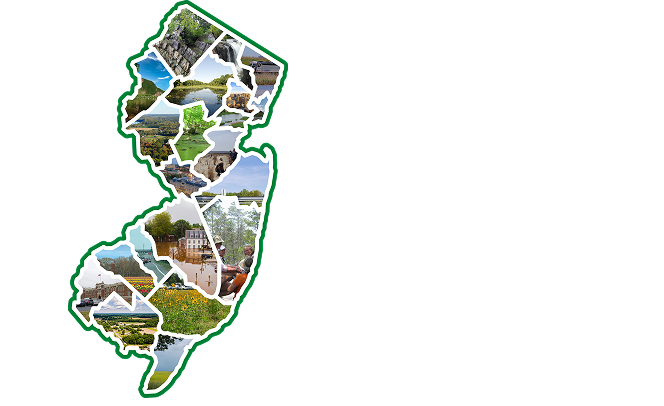The water cycle is one of the most important processes on Earth. While understanding the stages of the water cycle is generally considered to be an Earth Science topic, learning about the parts of the water cycle will also help them to learn how to protect Earth’s water. From saltwater to freshwater, the Earth’s ecosystems depend on clean water. So where should teachers begin? SubjectToClimate has gathered water cycle lesson plans to help teachers educate students about the water cycle and the ways that climate change is impacting this vital system. Learn about water in vapor, solid, and liquid form through this resource and fulfill your Next Generation Science Standards (NGSS).
Water Cycle Lesson Plans

Where Should Teachers Begin?
THE BASICS OF THE
Water Cycle
Grades 6-12
This YouTube video, “Friendly Guide to Climate Change - and what you can do to help” created by Henrik Kniberg from GoClimate, explains the basics of global warming, climate change, and the effects on the water cycle. Students will learn about complex issues like feedback loops involving water vapor, melting ice, and thawing permafrost. The video also offers practical solutions to climate change. The images are captivating and charismatic, which will keep students engaged on this complex topic. This guide is suitable to inspire students to take urgent climate action. This video covers a lot of territory about how water moves, makes connections that tie them all together, and is easy to follow.
Grades 3-8
This NASA-made diagram allows students to learn and visualize the water cycle process and exposes them to important concepts like evaporation, transpiration, condensation, and precipitation. As students explore the parts of the water cycle they will begin to understand how water collects below the surface as groundwater and ensures clean freshwater is available for all living things on Earth. This is the most basic version of the water cycle. This worksheet is designed to teach students about the water cycle in a visual and creative way. A printable PDF file of this water cycle diagram worksheet is also available in Spanish and is easy to download or assign on Google Classroom. Students can use this diagram to write a paragraph explaining the water cycle. Other recommended resources include The Roles of Water in Earth's Surface Processes and Water Cycle Game.
Grades 3-8
In this short TED-Ed animation, “Why does ice float in water?” created by educators George Zaidan and Charles Morton, students will learn about the unique properties of water molecules why ice cubes are actually less than liquid water. By examining the properties of a single drop of water, students will learn how hydrogen bonds cause water to behave differently from many other substances.
This video provides interesting animations and shows how water molecules cools and moves at different temperatures and how they bond with other water molecules. This resource does a great job of explaining how the less dense structure of ice provides us with benefits we might not have thought about, like the fact that it allows ice caps to float, therefore deflecting heat from the sun. This is a great resource to tie into lessons on the water cycle/hydrologic cycle and the amplification of the water cycle due to increases in global temperatures.
Grades 3-12
The complexity of snowpack trends is easily unpacked in this article from The National Environmental Education Foundation (NEEF) It includes graphs, and visuals and looks at the issue from multiple angles. “By 2050, snowmelt in the Northwest US is expected to occur three to four weeks earlier than the 20th-century average,” Disappearing Winter Snowpack from The National Environmental Education Foundation (NEEF). This article discusses the trend of the decreasing snowpack in the western United States and how this shift will decrease the amount of water available to communities in the area. The data and images provided in this resource are great teaching tools students can use to interpret and discuss and further understand possible water changes that might occur as a result of disappearing winter snowpack.
Grades 6-12
Wow! PhET interactive graph activity, States of Matter Interactive Simulation, is an interactive simulation that provides students an opportunity to explore the three states of matter and their properties. Students can adjust the temperature, pressure, and volume of a gas, and view corresponding phase changes through animated diagrams.
This resource allows students to practice self-efficacy by changing the states of matter themselves. Furthermore, there are both animations and graphical simulations, and the simplicity allows for a wide range of lessons at different skill levels. This is also a great tool for virtual or blended learning lab classes when hands-on activities are not an option.
Forests
These resources showcase the significance of preserving water quality for the protection of forests.
Final Thoughts
Having a solid understanding of the water cycle is vital for students of all grade levels. The water cycle affects the other Earth systems, and without it, life on Earth would cease to exist. As climate change continues, our water cycle is changing in dramatic ways. Knowing why it’s important will help us protect it for future generations.














